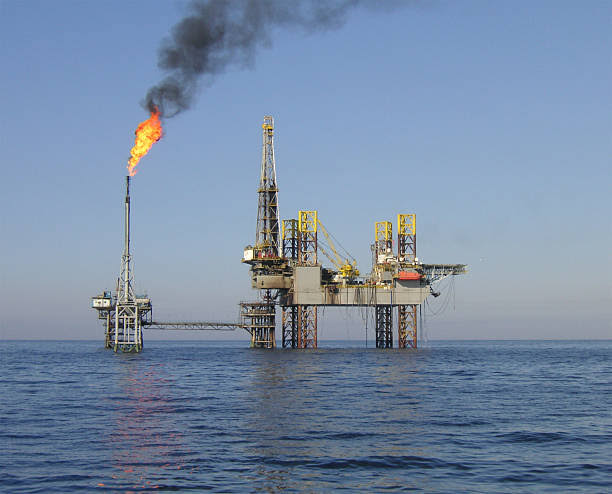Despite the rave about peak oil and energy transition, upstream petroleum players across the globe still had the demand incentive to invest in discovery of over 52 billion barrels of new crude petroleum liquids in 2022 and pushed total recoverable reserves above 1.6 trillion barrels.
And with impressive market returns in 2022, the industry is laying out massive exploration funds to further grow reserves and establish a solid basis for sustained production in the immediate to medium term.
According to the recent research output from industry advisory firm, Rystad Energy, estimated total global recoverable oil reserves now stand at 1,624 billion barrels. And the volume of available oil is also estimated to continue rising as improved exploration technology aid discovery of new petroleum plays around the world.
According to the new reserves standing, Saudi Arabia maintains it status as global oil leader with total recoverable 271 billion barrels of oil.
The United States comes next with 192 billion barrels, Russia comes third with 143 billion barrels and Canada is fourth with 127 billion barrels.
Iraq and Iran round out the top six with 107 and 88 billion barrels, respectively, Rystad stated.
Surprisingly, China comes next with total reserves now estimated at 75 billion barrels.
In providing details of its global oil reserves estimates, Rystad Energy stated in its report that some 30 billion barrels of crude oil has been produced globally since 2022, “with 84 billion barrels added in fields, discoveries and exploration prospects.”
Increased reserves in producing fields and approved projects in 2022, Rystad stated, amount to 71 billion barrels; it added that 13 billion barrels were found in new discoveries during 2022, equaling a net total addition of 54 billion barrels.
“Although 1,624 billion barrels of oil are technically recoverable, fewer than 1,300 billion barrels are likely to be economically viable before 2100 at an average Brent price of $50 per barrel,” the firm noted.
The development, it was reported, defies deliberate global campaign against fossil fuels development and their continued consumption in mainly road and rail transportation as the industrialized nations channel energy and funding towards development of greener energy alternatives.
Even with their commitments to climate action goals and energy transition from fossil energy following new business standards that emphasize enhanced environmental responsibility, global energy giants like ExxonMobil, Shell, BP, TotalEnergies, Chevron and Eni have continued to respond to persistent demand pressure from the international petroleum exchanges.
With over a trillion dollars in gross income and hundreds of billion dollars in profit in 2022 alone the major international oil companies (IOCs) have not only bought back their own stock, they also rewarded their leaders and shareholders with handsome dividends.
International national oil companies or INOCs hosted in the platform of the Organization of Petroleum Exporting Countries (OPEC), except the Nigerian National Petroleum Company (NNPC) Limited, also pumped about $900 billion into their national treasuries. The NNPC claimed that it was recording commercial losses at a time of strong oil prices when its business partners also reported profits from Nigeria. However, the United States Energy Information Administration (EIA) put Nigeria’s oil income at $34 billion for 2022.
With the dollar windfall of 2022, the global industry will have to strengthen production capacity and reserves with adequate investment outlay for enhanced exploration and production in the short term in response to prevailing demand growth.
According to the International Energy Forum (IEF), cumulative $4.9 trillion will be needed between 2023 and 2030 to meet market needs and prevent a supply shortfall, even if demand growth slows toward a plateau. It added that annual upstream investment would need to increase from $499 billion in 2022 to $640 billion in 2030 to ensure adequate supplies.
The IEF emphasized that operating companies still have ample free cash flow that could jump-start upstream investment.
The International Energy Agency (IEA) forecasts global upstream oil and gas investments to increase by around 11 percent to $528 billion in 2023, the highest level since 2015. And Barclays Capital expects the number of offshore projects to get approval this year to reach a 10-year high.
Exploration spending, experts observe, would be mainly driven in the period by commercial returns from the market where demand remains comfortably strong.











